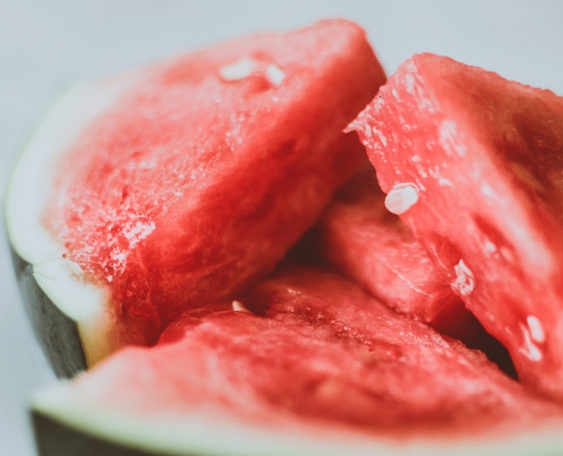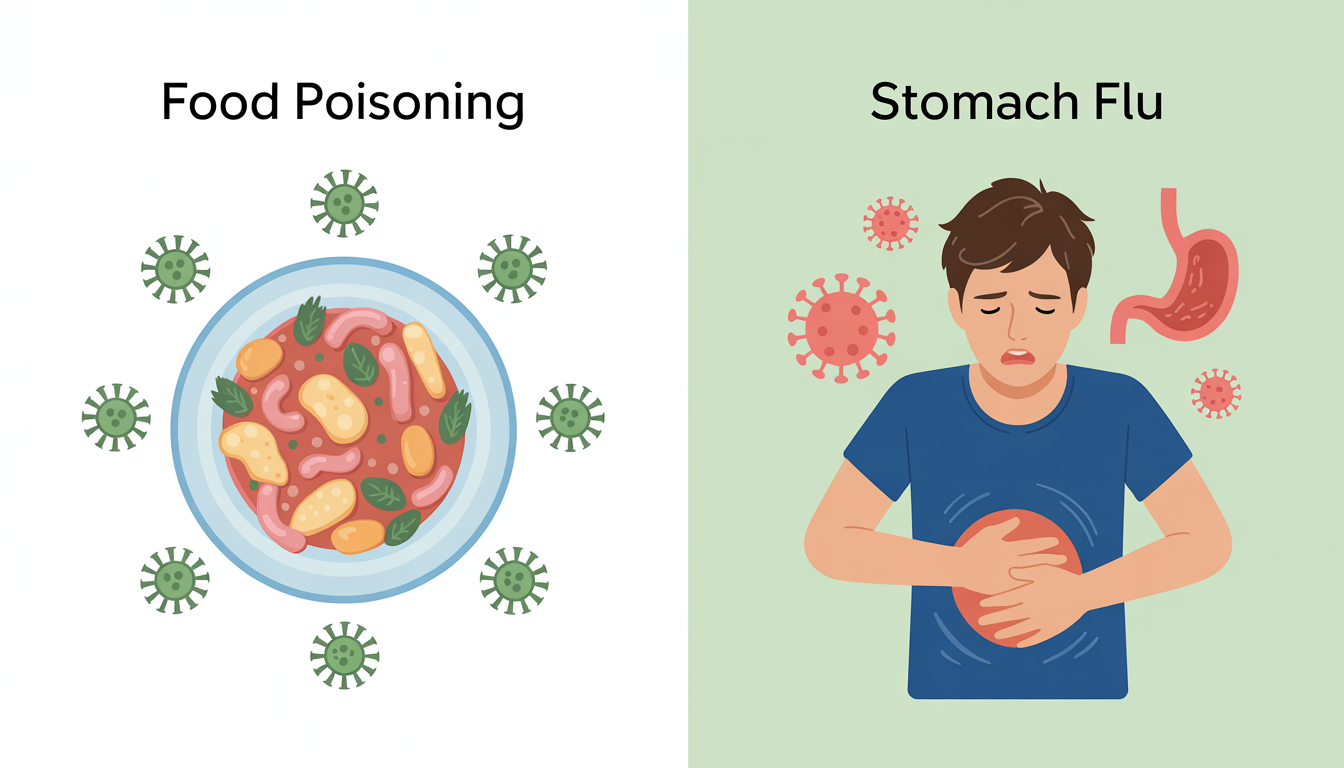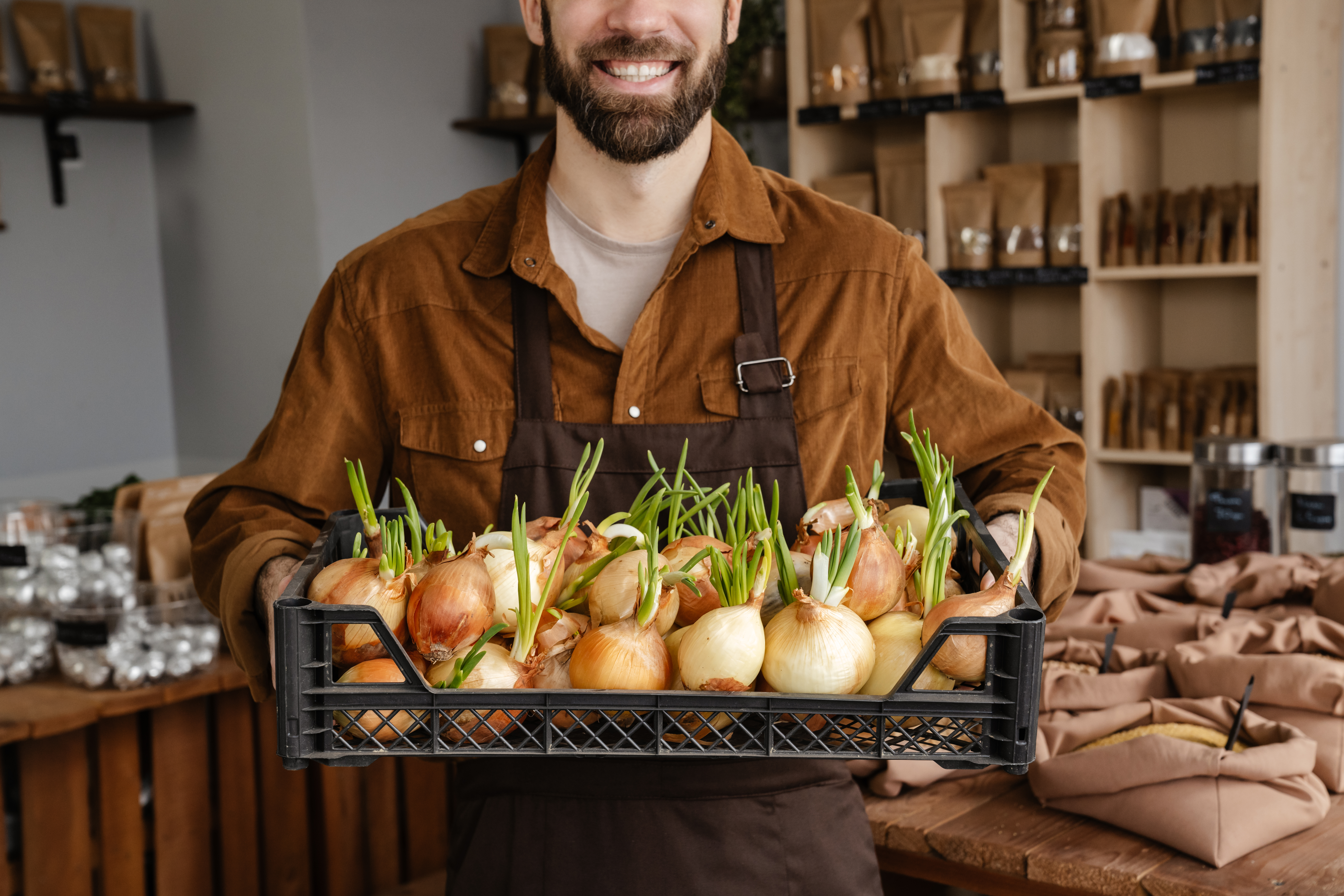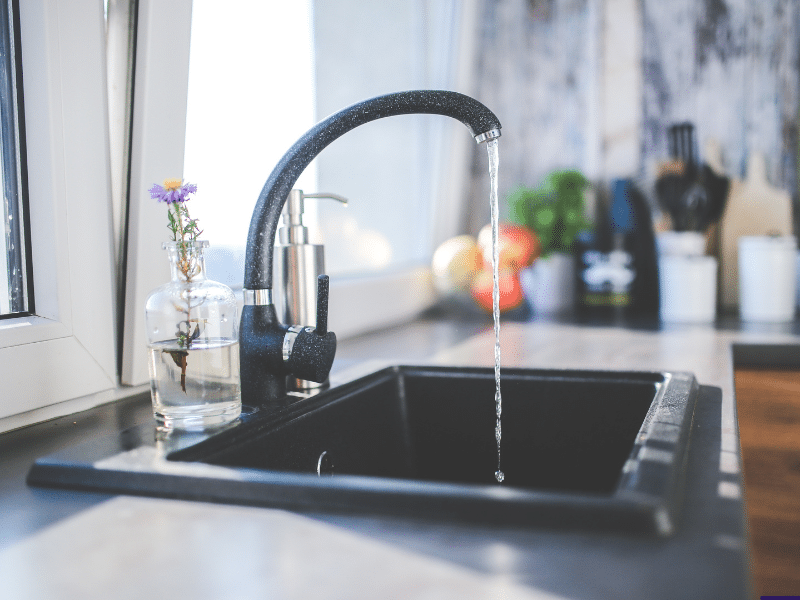Can You Get Food Poisoning From Watermelon?
Watermelon is a favorite snack, especially on hot summer days. However, improperly stored or handled watermelon can make you very sick. Leaving watermelon out too long or exposing it to bacteria through cross-contamination can spread harmful germs and bacteria, causing illness.
Some of the most common bacteria associated with food poisoning from watermelon include Salmonella, Listeria, and E. coli. Keep Food Safe explains what causes watermelon food poisoning and how to avoid it.
What Causes Food Poisoning From Watermelon?
Watermelon contamination can happen at any stage in the farming and distribution process. Since watermelons grow close to the ground, bacteria from soil, manure, or irrigation water can adhere to the exterior of the fruit. When watermelons come into contact with other fruits or vegetables containing bacteria, it may also lead to contamination.
Unsafe watermelon handling during the distribution process can result in tainted fruit. For instance, using dirty machinery, equipment, or tools during harvest and shipment can unintentionally contaminate watermelon.
Once watermelon reaches a grocery store or restaurant, bacterial contamination may occur if the fruit comes into contact with other tainted foods or unsanitary areas. Improper storage is another potential issue, especially with pre-cut watermelon that isn’t properly refrigerated.
At home, consumers may inadvertently contaminate watermelon with bacteria from dirty utensils, cutting boards, or countertops. Storing cut watermelon at room temperature can spread illness-causing bacteria and germs.
What Kind of Bacteria Can Latch Onto Watermelon And Make You Sick?
Several types of bacteria can lead to watermelon food poisoning, including Salmonella, Shigella, E. coli, Campylobacter, and Listeria. Other types of melons, including honeydew and cantaloupes, may also harbor harmful bacteria.
Bacteria can contaminate any fruit or vegetable, so practicing safe storage and handling practices is crucial to reduce the risk of illness.
This is a great product to help store produce safely in the refrigerator.
How Long Can Watermelon Sit Out?
An uncut watermelon can sit out for more than a week at room temperature. Once cut however, the CDC recommends refrigerating watermelon within two hours. Keep it at a temperature of 40°F or less in a clean container. Leaving watermelon out at room temperature for extended periods increases the risk of bacterial growth.
There is no hard and fast rule concerning how long you can keep uncut watermelon. If the watermelon shows visible signs of decay, like mold, it’s best to throw it away rather than risk an illness. However, you can remove slight damage or bruising if the rest of the melon is intact. If you are unsure if the watermelon is safe and it has been longer than 2 hours, then it is best to throw it away than to consume it.
How Do You Know If Watermelon Has Gone Bad?
There are many ways to check whether a watermelon has gone bad, including examining its appearance for mold or soft spots, smelling for a sour or fermented odor, and tapping to assess its soundness.
Mold Growth
Any visible signs of mold on a watermelon mean it’s time to throw the fruit away immediately. Don’t bother trying to cut around it, as the mold has likely infiltrated the melon’s interior. Mold can cause allergic reactions and respiratory illness in susceptible individuals. In some cases, it may create poisonous, toxic substances that can cause severe illness.
Discolored or Soft Rind
Watermelons are known for their green and yellow-shaded coloring. While light yellows, greens, and dark green-colored watermelons are typically still fresh, check if your watermelon’s rind softens or turns a brownish color. That means the watermelon is going bad. While you may be able to cut away small brown spots and save the rest of the fruit, you should throw the watermelon away if you notice significant softening or browning.
Foul Smell Or Taste
Usually, watermelons have a light, crisp, and sweet taste and fragrance. If you notice your watermelon smells or tastes foul, it’s time to throw it out. If you’ve purchased pre-cut watermelon from a grocery store, do a quick smell test before eating it.
What Happens if You Eat Bad Watermelon?
Eating a bad watermelon doesn’t automatically mean you’ll get sick from food poisoning, but it does increase your risk. If your watermelon tastes bad, spit what you can out and throw the rest away. Over the next few days, look out for any signs of illness, such as:
- Diarrhea that doesn’t improve after three days
- Excessive vomiting
- Inability to hold down liquids like water or broth
- Bloody stools
- Symptoms of dehydration, such as dizziness, dry mouth, or inability to urinate
- Fever
If you notice any of those symptoms, seek assistance from your health care provider.
Can You Freeze Watermelon?
Yes, you can freeze watermelon, as long as you do so when it is ripe. To safely freeze a watermelon, cut away the rind and remove any seeds. You can cut the watermelon into chunks or use a melon baller to create small, round pieces. Lay the pieces on clean parchment paper or a baking sheet.
Once they’re frozen, you can transfer the watermelon into freezer bags. Most frozen watermelon lasts up to eight months in the freezer. Remember to label your bag and throw any remaining pieces away after the expiration date passes.
Food Poisoning Outbreaks From Watermelon
Fruit, including watermelon, ranks as one of the top foods most likely to result in food poisoning. There have been multiple cases of food poisoning outbreaks associated with contaminated watermelon over the past few decades.
In 2019, the CDC conducted a multi-state investigation after hundreds fell ill from Salmonella infections after eating pre-cut watermelon. The watermelon was distributed in multiple grocery stores by Caito Foods, LLC. The outbreak resulted in 137 reported infections, some requiring hospitalization. Fortunately, no one died.
Other known instances of watermelon food poisoning include:
- 2017 – A Salmonella outbreak resulted in 20 recorded illnesses across multiple states.
- 2008 – A Salmonella outbreak resulted in 594 sickened individuals in California.
- 2006 – A Salmonella outbreak traced to a New York restaurant sickened 20 people.
- 2000 – An E. coli outbreak traced to watermelon sickened 736 individuals and caused one death.
Tips for Storing and Preparing Watermelon
Unless you’re growing watermelon in your own garden, you can’t control every stage of its development. You won’t know where it comes from, how it was transported from farm to retailer, or if it encountered any bacteria along the way. You may inadvertently purchase contaminated watermelon, no matter how careful and selective you are when picking produce. However, you can do a few things to reduce your risk of illness.
1. Wash Watermelon Thoroughly
Before slicing into your watermelon, clean it thoroughly with hot, soapy water. Make sure your cutting board, knives, and other utensils are clean before using them.
2. Keep Watermelon Separate From Other Food Items
Cross-contamination may occur if you mix your watermelon with other food containing bacteria. Keep watermelon away from raw meats and seafood since they may contain bacteria or parasites that can sicken you.
3. Refrigerate Watermelon After Cutting
Don’t let cut watermelon sit at room temperature for longer than two hours. Instead, place it in a storage container in your refrigerator at a temperature below 40°F. If you bring the watermelon to an outdoor event, such as a picnic, don’t let it sit out for longer than one hour, especially if the temperature is above 90°F.
4. Buy Refrigerated Pre-Cut Watermelon
Purchasing pre-cut watermelon is a popular option, especially if you want to avoid the hassle of cutting up a big watermelon. However, ensure any pre-cut watermelon you buy is refrigerated or kept on ice.
Keep Food Safe Can Help If You Experience Watermelon Food Poisoning
You may have legal options if you’ve suffered food poisoning due to contaminated watermelon purchased at a grocery store, restaurant, market, or other source. Keep Food Safe can connect you with seasoned attorneys who can assess your case. Contact us today to learn more.






